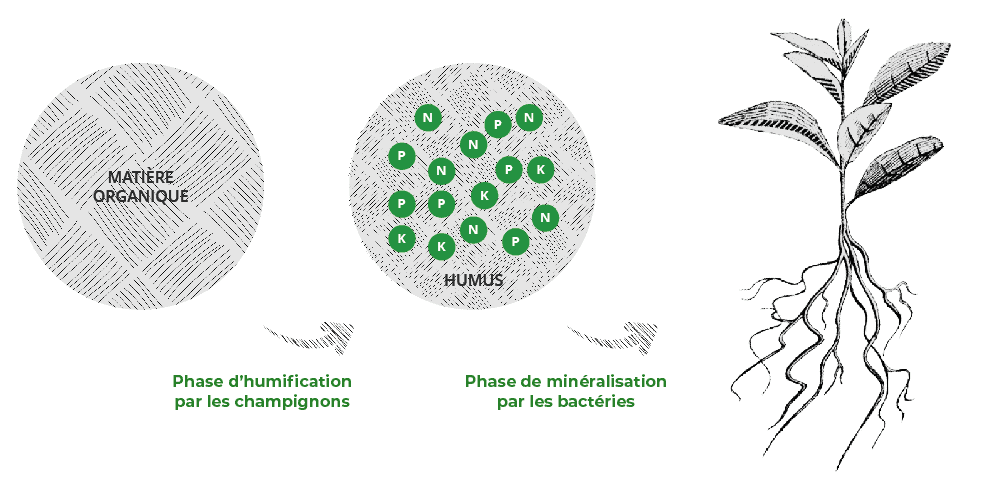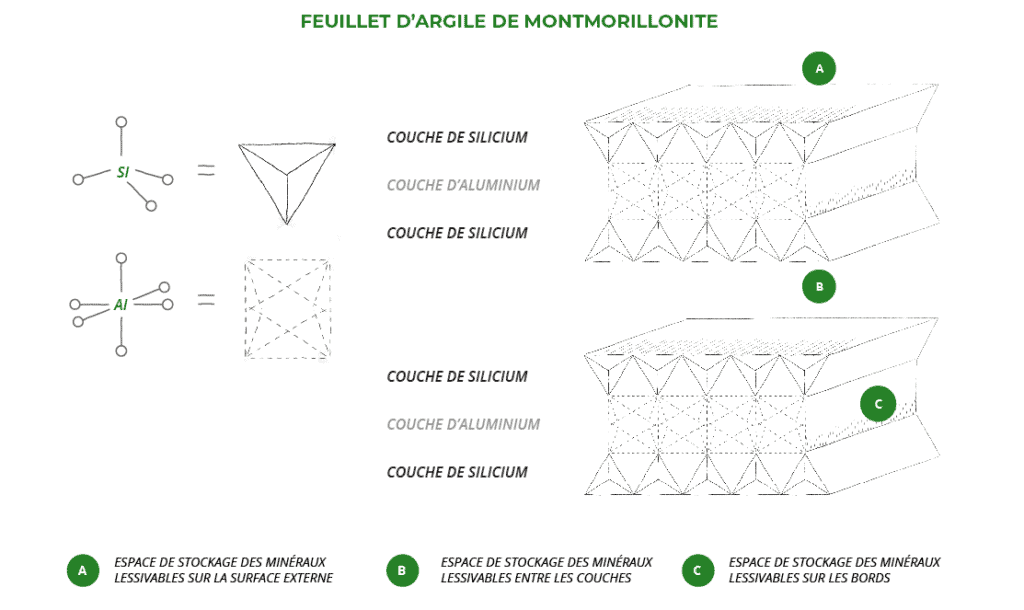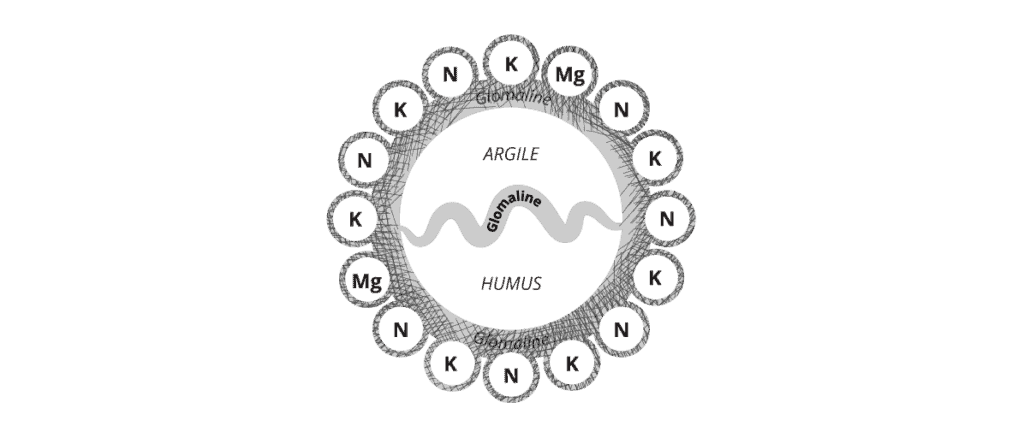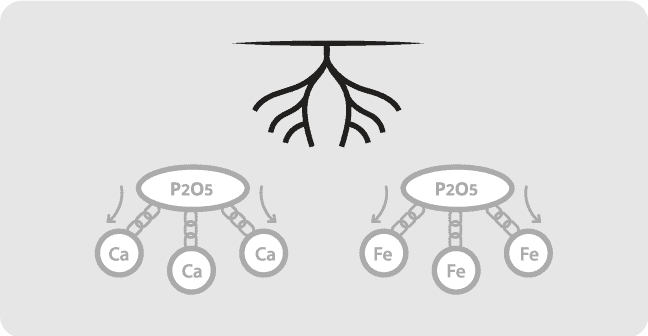
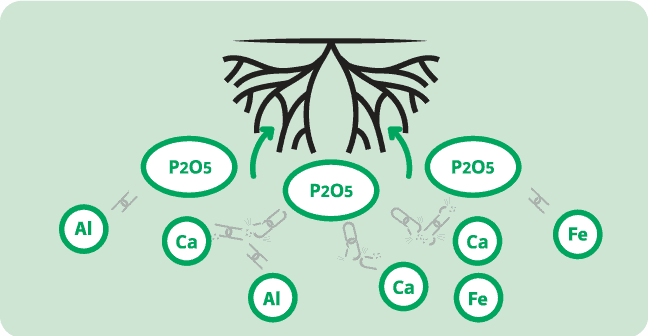
Factors affecting the availability of phosphorus in plants
After nitrogen, phosphorus (P) is the second element responsible for crop yields and quality. Its role in the development of roots is well known. The optimisation of phosphate fertilisers remains a key issue. This optimisation must be done according to agronomic, economic and ecological objectives, which are not always obvious to define.
The non-implementation of this element has multiplied in recent years. We need to remain vigilant because even though many years without inputs may not lead to a significant drop in yields (in the case of rich and clay soils), the day crops fall due to lack of phosphorus, the losses can be very significant. Then the farmer cannot solve the problem directly. The form that can be assimilated by the plant is P2O5. This form is mainly present in the fruit, so whether or not the straws are restored has little effect on the amount of phosphorus. Phosphate ions are less mobile in the soil, leaching of this element is very slow. But on the other hand, it is up to the roots of the plants to find this element, which is difficult to assimilate because it has the peculiarity of adhering to the soil.
Due to its low leaching tendency, the average amount of total phosphorus in soils is generally high, up to 10,000 kg per hectare. Of this stock, about 500 kg are absorbed into the clay-humic complex and can become exchangeable and assimilable. Only 1 kg of phosphate ions per hectare is present in the soil solution at any one time. These ions represent the only readily assimilable food source for plants. The correct supply of phosphorus to the crop is therefore determined only by the ability of the soil to mineralise organic phosphorus and to leach phosphorus from the solid phase to be continuously supplied by the soil solution.
For this, two key parameters come into play: the pH and the soil temperature. Since the phosphates in the soil solution are anions (ions with a negative electric charge), they will naturally associate with cations (ions with a positive electric charge). In the case of acidic soils, it is mainly iron and aluminium (Fe2+ and Al2+) that will bind to the phosphates and block them in the solid phase of the soil. This “fixation” effect is very fast since on average, 80 to 90% of the phosphate ions in solution in an acidic soil will be excluded within eight to ten days. In the case of calcareous (alkaline) soils, it is the abundant calcium (Ca2+) that will create phosphates and block phosphorus (P-Ca complexes).
In both cases, the fixation of phosphate with cations will result in a drastic reduction in the availability of phosphorus for crops. If, in the case of acid soils, the addition of Ca (calcification) can remove part of the iron and aluminium phosphates to bring them back into solution, the blocking effect in calcareous soils is irreversible.
While pH has a primary effect on the persistence of phosphorus in solution, temperature will play an important role in the dissolution of these phosphate ions through its effect on microbial activity. In fact, the leaching (transport) of phosphorus from the soil solid phase and the mineralization of organic phosphorus are directly linked to the activity of the soil microbial flora; on average, the bacterial activity of the soil will reach 30% of its potential for a temperature of 13°C, 43% at 16°C, 73% at 18°C and finally 100% for a soil temperature of 21°C.
In conclusion, the warmer and more neutral a soil is, the more phosphorus it will make available to plants, and the opposite is true for cold soils with a pH away from neutrality.
Phosphate-solubilising bacteria are beneficial bacteria capable of solubilising inorganic phosphorus. These bacteria such as Bacillus, Micrococcus, Pseudomonas, Flovobacterium or even Burkholderia are capable of releasing the mineral phosphorus that is blocked by soil cations. This unblocking reaction takes place through the production of organic acids by bacteria such as oxalic acid, lactic acid, malic acid, and by their enzymes called phytases. These enzymes will enable the release of phosphate ions, making them available to the roots.
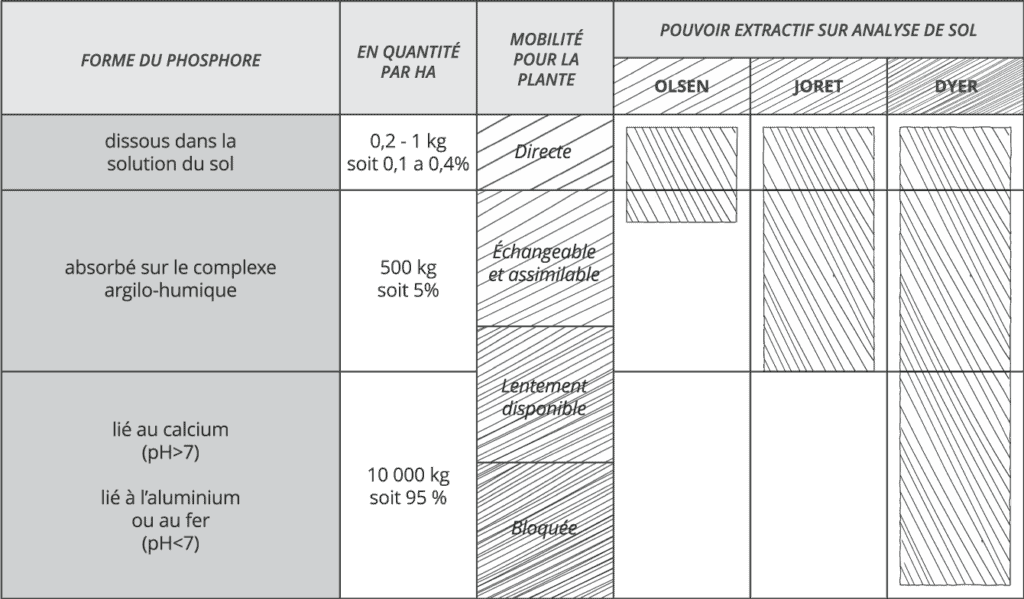
The lethal sterilization temperature of the soil is 41°C. In Greece, for example, a soil can rise up to 58°C in the sun while if it is covered it does not exceed 28°C. Therefore, a good cultivation technique is to avoid ploughing, especially during the summer months of July and August because the soil temperature will be high enough to kill the phosphate-solubilizing bacteria.
It is also recommended to provide sufficient phosphorus around the young roots, i.e. in the first ten centimetres of soil depth. Then it is recommended to avoid applying phosphorus before ploughing because it will spread to a depth of thirty centimetres. Surface application after sowing is not recommended, as the phosphorus moves very little and will not be sufficiently absorbed into the soil at root level. In order to reduce blocking effects, it is therefore recommended to bring the phosphorus as close as possible to the plant’s needs in space and time. Placing phosphorus next to the seed at the time of sowing is so far the best practice to enhance this element.
Based on this principle, Terrabiotec products for soil application such as :
- granular Terra Mineral, Terra Crop , Terra Myco etc,
- the Terra Mineral microgranules,
- the water-soluble Terra First and Terra Myco
- as well as the liquids Terra Flow
contain (as one of 6 technologies) technology that promotes the breaking of phosphate complexes by ensuring more available phosphorus and reducing the percentage of phosphorus bound compared to common fertilizers.

